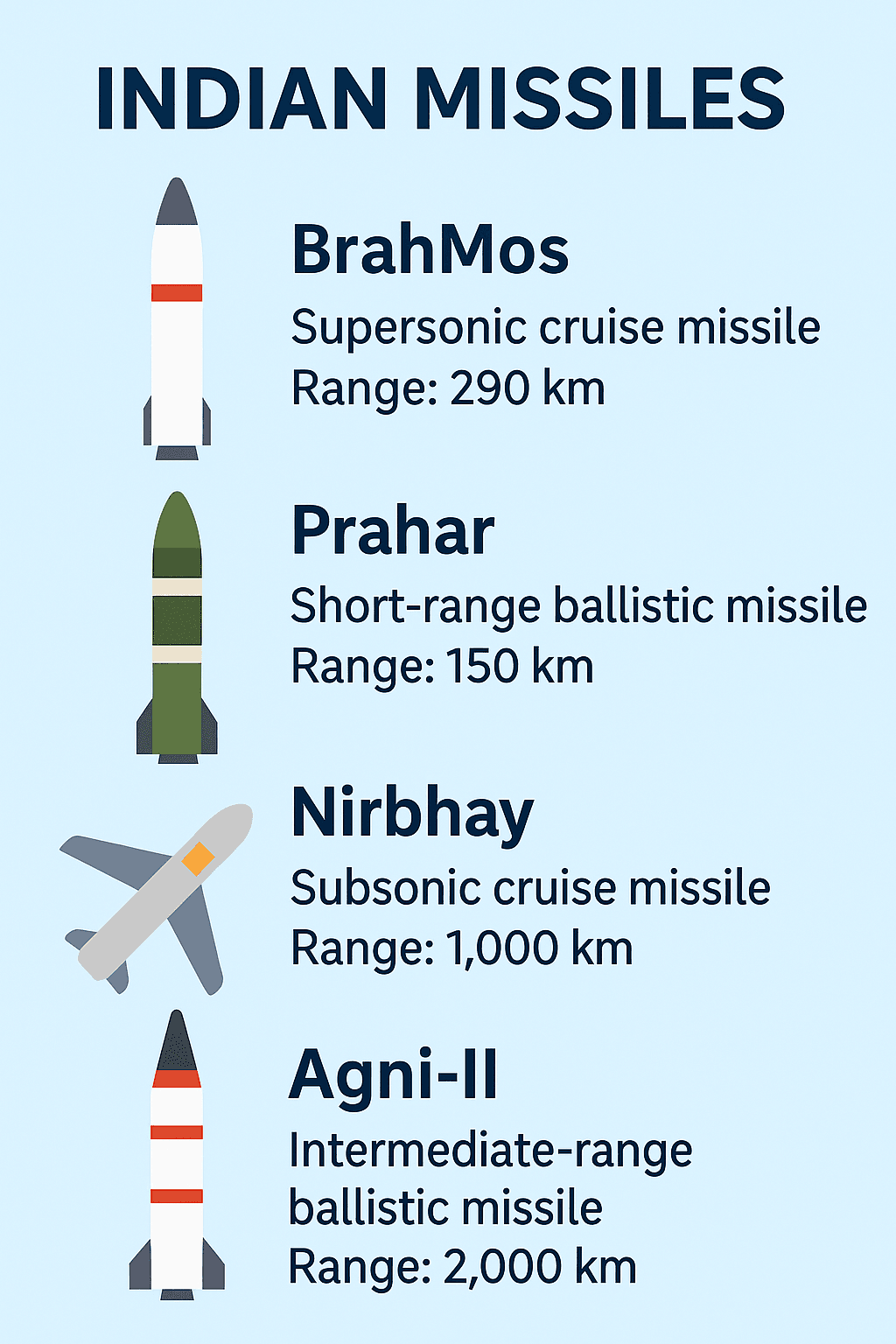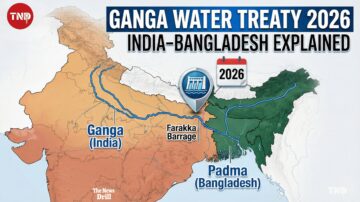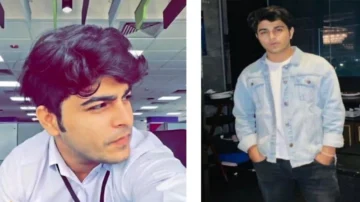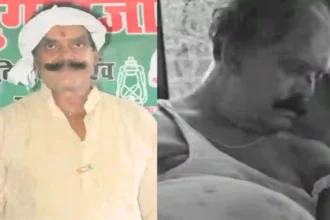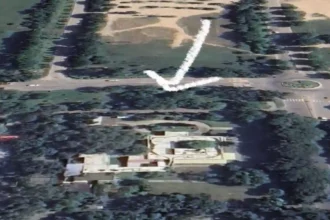
Khelo Bharat Niti 2025
Khelo Bharat Niti 2025: A New Era in Indian Sports
After 24 years since the last National Sports Policy in 2001, the Government of India has officially rolled out Khelo Bharat Niti 2025, a comprehensive policy that reshapes the future of sports in the nation. Announced at the Cabinet meeting on 1 July 2025, under the direction of Union Information & Broadcasting Minister Ashwini Vaishnaw, the new policy replaces the outdated framework, promising systemic reforms at all level.
- Khelo Bharat Niti 2025: A New Era in Indian Sports
- Vision & Pillars of Khelo Bharat Niti 2025
- 1. Grassroots & Talent Identification
- 2. Year Round National Competition Structure
- 3. World Class Infrastructure & Multi City Hosting
- Elite Athlete Support & Science-led Methods
- India’s 2036 Olympic Dream: Strategy & Momentum
- National Aspirations
- Multi-City Bid Vision
- Leveraging Legacy Events & Governance
- Stakeholders & Governance Mechanisms
- Milestones to Date: Key Events & Achievements
- Khelo India Beach Games – Diu, 19–24 May 2025
- Khelo India Youth Games – Bihar, 4–15 May 2025
- Winter & Para Games
- Roadmap Ahead: From 2025 to 2036
- Implications & Benefits for India
- Embedding Indigenous Legacy
- Potential Challenges
- Summary & Next Steps
Why “24 Years” Matters
The previous policy was introduced in 2001 – making this the first major overhaul in nearly a quarter century. This long-awaited update aligns sports policy with India’s current ambitions and capacities, designed not just for sending athletes abroad, but for hosting and winning on global stages, including the 2036 Olympics.
Vision & Pillars of Khelo Bharat Niti 2025
The policy is centered around four key pillars:
1. Grassroots & Talent Identification
KIRTI Program: The Khelo India Rising Talent Identification scheme has already identified over 100,000 young talents, funneling the most elite into TOPS (Target Olympic Podium Scheme).
New Khelo India Centres (KICs): States like Delhi are creating more KICs (six proposed), which offer training, modern facilities, lodging and professional coaches at the district and block levels.
2. Year Round National Competition Structure
A new Khelo India Annual Calendar offers structured, continuous exposure:
- Beach Games (e.g., Diu, 19–25 May 2025)
- School, Youth, University, Para, Winter Games, and more
- Introduction of regional and indigenous sports like Tribal Games, Yoga, Mallakhamb, with events in Meghalaya, Nagaland, Tamil Nadu etc.
- This structure creates a clear progression ladder and keeps athletes competitive all year long.
3. World Class Infrastructure & Multi City Hosting
- Conversion of existing venues (like Narendra Modi Stadium, Ahmedabad) into multi sports complexes.
- A ₹3,794 crore increase in sports budget for FY 2025–26, with ₹1,000 crore dedicated to Khelo Bharat initiative.
Elite Athlete Support & Science-led Methods
TOPS Scheme: Offers training, travel, coaching and nutrition for elite-class athletes aiming for Olympic medals.
Focused research and development via platforms like the Rashtriya Raksha University Olympic Research Conference, aimed at performance enhancement.
Chintan Shivir (March 2025): A national level brainstorming camp to align states, union territories and federations on Olympic-grade talent cultivation.
India’s 2036 Olympic Dream: Strategy & Momentum
National Aspirations
Union Minister Mansukh Mandaviya has stated India will host the 2036 Olympics and aims to rank in the Top 10 in the medal tally, progressing towards becoming one of the top-5 sports nations by 2047.
Multi-City Bid Vision
India’s bid includes venues across Ahmedabad (main stadium, Olympic Village), Mumbai, Pune, Bhopal, Bhubaneswar, Goa, Agra (Taj Mahal as archery site), among others to distribute games and legacy impact.
Formal Letter of Intent submitted in October 2024; continued IOC engagement through the Future Host Commission.
Leveraging Legacy Events & Governance
Growing sports credibility via successful hosting of Commonwealth Games U20, Khelo India Youth & Beach Games etc.
City governments like Delhi and Gujarat actively preparing KIC infrastructures to showcase readiness.
Stakeholders & Governance Mechanisms
Sports Authority of India (SAI) and Indian Olympic Association (IOA) lead implementation and bid coordination.
State level Khelo India Centres (SLKICs) align district-level infrastructure with national goals.
Digital objectives include national athlete IDs, central databases, and performance tracking across modules.

Pic Source: AIR News
Milestones to Date: Key Events & Achievements
Khelo India Beach Games – Diu, 19–24 May 2025
Debut of competitive beach sports: sepak takraw, open water swimming, beach kabaddi, etc., with Manipur topping the medal chart.
Khelo India Youth Games – Bihar, 4–15 May 2025
Hosted in five cities, including Patna, Rajgir, Gaya, Bhagalpur and Nalanda. 28 disciplines, introduction of sepak takraw for the first time after India’s gold at ISTAF World Cup 2025.
Winter & Para Games
Winter Games conducted in Jammu & Kashmir (Jan–Feb 2025). Para Games held in Delhi (Mar–Apr 2025).
Roadmap Ahead: From 2025 to 2036
Short-Term (2025–2028)
- Rollout of Khelo India School & Water Sports Games, Tribal & North-East Games, and fitness leagues like Fit India & Mera Yuva platform.
- Deepening athlete pipelines via KIRTI and expanding KICs across states like Delhi, Gujarat and others.
- Host international exposure events (e.g., U20 athletics) to build IOC credibility.
Medium-Term (2028–2032)
- India to host LA2028 preparing championships and establish high-performance centres.
- Expand elite athlete pool with data-backed systems and continuous international competition.
- Intensify urban redevelopment: multi-city integration (Goa, Agra, etc.).
Long-Term (2032–2036)
- Submit official Olympic Host Bid leading to final selection.
- Ensure all venues are ready, with special focus on sustainability and post-Games utility.
- Maximize public engagement and private investment to show national unity & readiness.
Implications & Benefits for India
Socio‑Economic Impact
- Sports tourism boost across host cities.
- Job generation in hospitality, construction and coaching.
- Urban upgrades: public transport, sanitation, stadiums.
Public Health & Culture
- Aligns with Fit India Movement, driving nationwide fitness and lifestyle change.
- Grassroots reach enhances rural sports participation and wellness.
International Standing
- Hosting the Olympics strengthens soft power, especially for a Global South voice.
- IOC strategic narrative: inclusivity, diversity, and equitable hosting.
Athlete Development
- Better medal prospects with infrastructure and TOPS expansion.
- Potential for top 10 medal finish in Olympics 2036.
Embedding Indigenous Legacy
A standout in Khelo Bharat Niti is India’s focus on reviving traditional games:
Mallakhamb, Kalaripayattu, Gatka, Thang Ta, yogasana, tribal games, Chess, Kabaddi and Kho-Kho are now institutionalized in the national circuit.
This cultural integration builds a unique identity while engaging regional communities.
Potential Challenges
Land acquisition issues: As seen near Ahmedabad (Asaram Bapu’s ashram case), environmental and social concerns can arise.
Sustainability: Repurposing existing venues (30% existing, 60% new) must align with IOC green standards.
Coordination: Multi stakeholder complexity (national, state, federations) requires robust governance.
Funding consistency: Continued budget support and private sponsorship are critical.
Summary & Next Steps
| Timeline | Objective | Key Actions |
|---|---|---|
| 2025–2028 | Grassroots mobilization & infrastructure push | Expand KICs, School & Tribal Games |
| 2028–2032 | Elite athlete development & facilities | TOPS, R&D, high-performance centres |
| 2032–2036 | Olympic bid delivery & hosting readiness | Finalize IOC bid, sustainable venue prep |
Khelo Bharat Niti 2025 isn’t just a policy it’s a national movement, transforming India’s sporting fabric from the roots up. With the 2036 Olympics in sight, backed by a decade of reforms and infrastructure, India is making its most ambitious stride yet to not only compete but to host and lead on the world stage.
With strong governance, sustained investment, citizen engagement, and global collaboration, Khelo Bharat Niti 2025 marks a transformative blueprint. India is not just playing the game it’s raising the stakes, positioning itself as a future Olympic powerhouse by 2036.
Stay tuned with The News Drill for more updates.
Follow us on X for real time updates.
Contact us: contact@thenewsdrill.com





